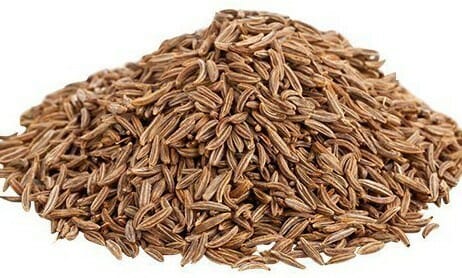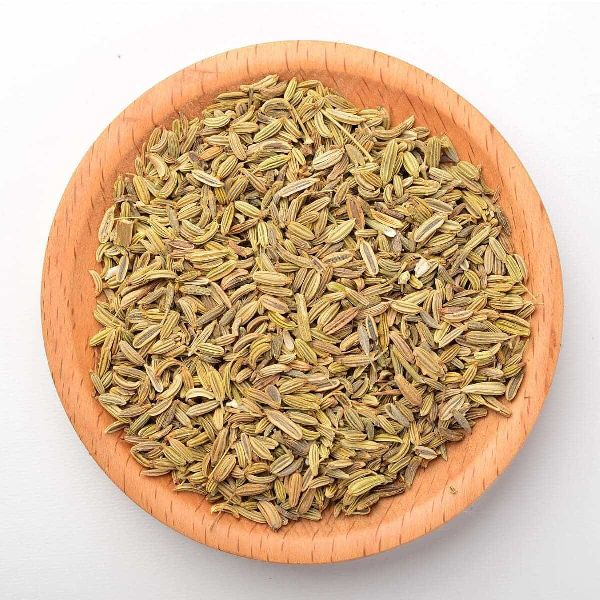Company Information
Ask for more detail from the seller
Contact SupplierSHRI LAXMI NARAYAN TRADERS
ALL KINDS OF SPICES AND DRY FRUITS.
Cumin (/ˈkjuːmɪn/[2][3] or US: /ˈkuːmɪn/,[2][4][5][6] or /ˈkʌmɪn/[2][3]) (Cuminum cyminum) is a flowering plant in the family Apiaceae, native to the Irano-Turanian Region.[7] Its seeds – each one contained within a fruit, which is dried – are used in the cuisines of many cultures in both whole and ground form. Although cumin is used in traditional medicine, there is no high-quality evidence that it is safe or effective as a therapeutic agent.[8]
Etymology[edit]The term comes via Middle English and Old French from the Latin term cuminum. This in turn comes from the Ancient Greek κύμινον (kúminon), a Semitic borrowing related to Hebrew כמון (kammōn) and Arabic كمون (kammun). All of these ultimately derive from Akkadian 𒂵𒈬𒉡 (kamūnu).[9][10]
Description[edit]Cumin is the dried seed of the herb Cuminum cyminum, a member of the parsley family. The cumin plant grows to 30–50 cm (12–20 in) tall and is harvested by hand. It is an annual herbaceous plant, with a slender, glabrous, branched stem that is 20–30 cm (8–12 in) tall and has a diameter of 3–5 cm (1+1⁄4–2 in).[11] Each branch has two to three sub-branches. All the branches attain the same height, so the plant has a uniform canopy.[11] The stem is colored grey or dark green. The leaves are 5–10 cm (2–4 in) long, pinnate or bipinnate, with thread-like leaflets. The flowers are small, white or pink, and borne in umbels. Each umbel has five to seven umbellets.[11] The fruit is a lateral fusiform or ovoid achene 4–5 mm (1⁄6–1⁄5 in) long, containing two mericarps with a single seed.[11] Cumin seeds have eight ridges with oil canals.[11] They resemble caraway seeds, being oblong in shape, longitudinally ridged, and yellow-brown in color, like other members of the family Apiaceae (Umbelliferae) such as caraway, parsley, and dill.[12]
Confusion with other spices[edit]Cumin is sometimes confused with caraway (Carum carvi), another spice in the parsley family (Apiaceae). Many European languages do not distinguish clearly between the two. Many Slavic and Uralic languages refer to cumin as "Roman caraway" or "spice caraway". The distantly related Bunium persicum and Bunium bulbocastanum and the unrelated Nigella sativa are both sometimes called black cumin (q.v.).[1




